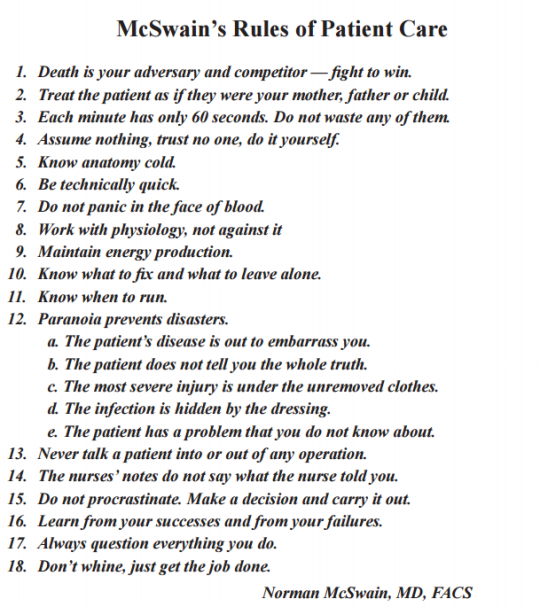Here’s the last one… for now.
If you have followed this blog for any period of time, you are aware of the skepticism I bring to bear when I am reading new material or learning of new ideas. Why is this? Because it is very difficult in this day and age to ascertain the veracity of anything we see, hear, or read.
This is not new compared to, say, a hundred years ago. The media were a bit different, but the underlying issues were the same. There have always been two major factors at play: information overload and the biases built into our human brain operating system.
There is a huge body of new information in every field that is being produced every year. Given the pressures that most researchers are under to publish or perish, a huge number of papers are sent to journals for review. Unfortunately, this leads to a huge number of publications that are of lower quality.
This also contributes to another recognized phenomenon, the half-life of facts. Think about all the things you learned during your training that are no longer believed to be true. Stress causes ulcers. Steroids are good in head injury. There is a definite decay curve for the old facts that occurs as new knowledge is acquired.
So we have a huge amount of potential junk to sort through to figure out what cellular mechanisms are correct or which medications work for a disease. And then we run into our own operating system problems.
All humans have our own innate beliefs that are shaped by experience and all the information we’ve consumed over the years. And we are genetically programmed to do this:
Learn something new —> believe it —> verify it
And many of us never get to the verify stage because another operating system issue, confirmation bias, takes over. If we learn something that confirms an existing belief, we are much more likely to believe and much less likely to verify. If we learn something that opposes our belief, we still want to believe what we already do and find every flaw in the new data that might refute it.
So here is my eleventh law of trauma:
“Don’t believe anything you learn, especially if it supports what you already believe”
Bottom line: If you read or hear something new, first examine the source. Is it legitimate and reliable? Where did it get the info? Then check out that source. Critically evaluate it, even if it already supports what you believe. Always treat new information, especially if you think it’s right, as an opportunity to learn something new. Sometimes you will find real gems in the things you thought were wrong, and real crap in the things you believed to be right!
It’s time to flip the algorithm to:
Learn something new —> verify it —> believe it


